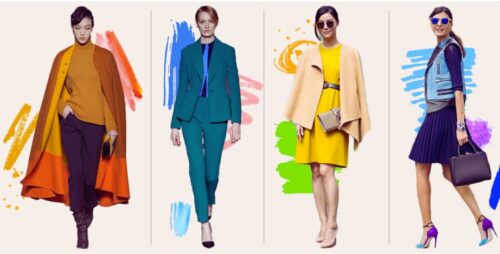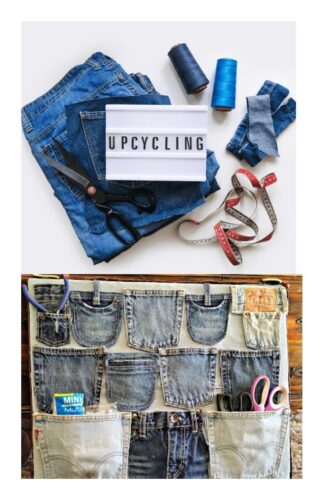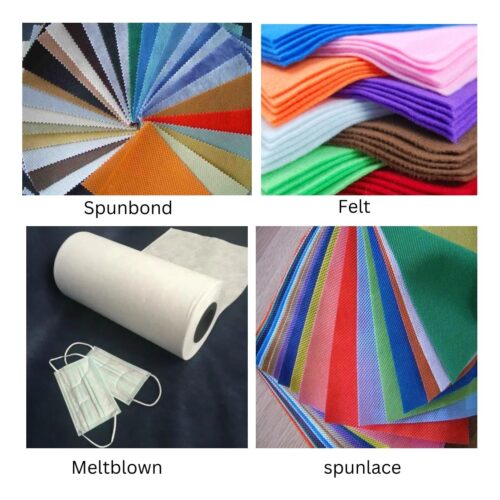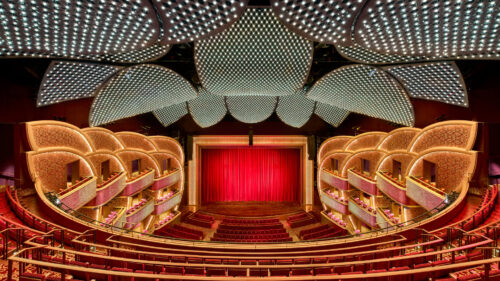Color Blocking: The Style Guide
“Life is too short to wear boring colors. Go bold, go bright, go color blocking! It’s not just about the clothes; it’s about the confidence and energy you radiate when you step out in a vibrant ensemble. Color blocking is a celebration of individuality, a visual feast that invites the world to see your true colors.” – Guise Garner

Color blocking is a bold and creative technique in fashion that involves combining solid blocks of colors in an outfit to create striking visual contrasts. It’s a versatile styling method that allows individuals to express their personality through vibrant hues and unique combinations.
Introduction to Color Blocking
Color blocking is not just a fashion trend; it’s a dynamic and creative way to elevate your style and make a bold statement. Whether you’re a fashion enthusiast or someone looking to refresh their wardrobe, color blocking offers endless possibilities for stylish expression.
History of Color Blocking
The concept of color blocking traces back to the early 20th century when artists like Piet Mondrian and Sonia Delaunay used bold blocks of color in their paintings. It wasn’t until the 1960s and 70s that color blocking gained popularity in fashion, with designers like Yves Saint Laurent embracing the trend.
Understanding Color Theory
To master the art of color blocking, it’s essential to have a basic understanding of color theory. This includes knowledge of primary, secondary, and tertiary colors, as well as complementary and analogous color schemes.
- Primary, Secondary, and Tertiary Colors: Primary colors (red, blue, yellow) are the foundation of all other colors. Secondary colors (green, orange, purple) are created by mixing primary colors, while tertiary colors are a mix of primary and secondary colors.
- Complementary and Analogous Colors: Complementary colors are opposite each other on the color wheel and create a vibrant contrast when paired together. Analogous colors are adjacent on the wheel and provide a harmonious blend when combined.
Benefits of Color Blocking in Fashion
- Bold Statements: Color blocking allows you to make a bold statement with your outfit, drawing attention and making a stylish impact.
- Versatility: It offers versatility in mixing and matching colors, giving you endless combinations to suit various occasions.
- Visual Interest: By playing with contrasting colors, it adds visual interest and depth to your ensemble.
- Slimming Effect: Strategic placement of darker colors can create a slimming effect, accentuating the body’s shape.
Choosing the Right Color Palette
When creating a color-blocked outfit, consider the following factors:
- Skin Tone Considerations: Certain colors complement different skin tones better. For example, warmer tones like oranges and yellows can complement warm undertones, while cooler tones like blues and greens work well with cooler undertones.
- Mood and Occasion: Consider the mood you want to convey and the occasion you’re dressing for. Bright, contrasting colors are great for a playful and energetic look, while subtle, tonal combinations can be more sophisticated for formal events.
Techniques for Effective Color Blocking
There are various techniques to experiment with when it comes to color blocking:
- Horizontal Color Blocking: Stacking colors horizontally across the body creates a balanced and elongating effect.
- Vertical Color Blocking: Running colors vertically along the body can create a slimming effect and elongate the silhouette.
- Diagonal Color Blocking: Adds dynamic movement to an outfit and creates a striking visual impact.
Color Blocking in Different Garments
Color blocking can be applied to various garments, from dresses and tops to bottoms and accessories:
- Color Block Dresses: Highlight different parts of the body and create slimming effects.
- Color Block Tops: Add interest to a basic outfit and elevate the look.
- Color Block Bottoms: Create focal points and draw attention to specific areas.
Styling Tips for Color Blocking
- Start Small: If you’re new to color blocking, begin with two bold colors and gradually incorporate more as you become comfortable.
- Balance is Key: Ensure the colors are distributed evenly throughout the outfit to maintain balance.
- Neutral Anchors: Pair bold colors with neutral tones like black, white, or beige to anchor the look.
- Experiment: Don’t be afraid to experiment with unconventional color combinations for a unique style.
Color Blocking for All Occasions
Whether it’s a casual day out or a formal event, there’s a way to incorporate color blocking into every occasion:
- Casual Wear: Opt for casual color blocked tees and jeans for a laid-back look.
- Formal Events: Choose a color blocked dress for a wedding or party for a standout look.
Celebrity Inspiration
Celebrities often embrace color blocking on the red carpet and in their everyday wear:
- Beyoncé’s vibrant color block dresses
- Harry Styles’ bold suits
Color Blocking in Seasonal Fashion Trends
Stay updated with seasonal color blocking trends:
- Spring/Summer: Bright and cheerful colors dominate.
- Fall/Winter: Rich jewel tones and earthy shades are popular.
DIY Color Blocking Ideas
For the creative enthusiasts:
- Painted Denim: Create geometric color blocks on denim jackets or jeans.
- Sweatshirt Revamp: Transform a plain sweatshirt by sewing on colorful fabric blocks.
- Accessories Makeover: Add color blocks to scarves, bags, or hats for a personalized touch.
Fashion Forward Trends
Explore the latest trends in color blocking:
- Monochrome Madness
- Pastel Play
- Neon Brights
- Color Clash
- Athleisure Chic
Fashion Experts’ Tips
Insights from experts:
- Stylist Tip: Use the 60-30-10 rule for balanced color blocking.
- Designer Advice: Experiment with textures for added interest.
- Celebrity Inspiration: Zendaya and Timothée Chalamet showcase confidence in color blocking.
Conclusion
Color blocking is a fun and expressive way to elevate your style. Whether you prefer bold and bright combinations or subtle tonal contrasts, this technique allows you to showcase your creativity. Remember to consider color theory, your skin tone, and the occasion when creating your color-blocked outfits. With the right balance and confidence, you can rock any color block ensemble with flair.
Unlock the potential of color blocking and elevate your style to new heights. From understanding color theory to practical styling tips, this guide equips you with the knowledge to master the art of color blocking. Whether you’re stepping out in head-to-toe color blocking or adding subtle pops of color to your ensemble, own your style with confidence.
Explore more about Color Blocking: Complementry
FAQs
Q: Can anyone pull off color blocking?
A: Absolutely! Color blocking is for everyone. It’s about finding the right colors and combinations that suit your style and personality.
Q: How do I choose the right colors for color blocking?
A: Consider your skin tone, the occasion, and the mood you want to convey. Warm and cool tones can guide your color choices.
Q: Is there a rule for mixing colors in color blocking?
A: While there are no strict rules, the 60-30-10 rule is a good guideline: 60% of a dominant color, 30% of a secondary color, and 10% of an accent color.
Q: Can color blocking work for formal events?
A: Absolutely! A color blocked dress or suit can make a memorable statement at weddings or parties.
Q: How can I start experimenting with color blocking if I’m new to it?
A: Start small with two bold colors and gradually incorporate more as you become comfortable. Remember to balance the colors throughout your outfit.





